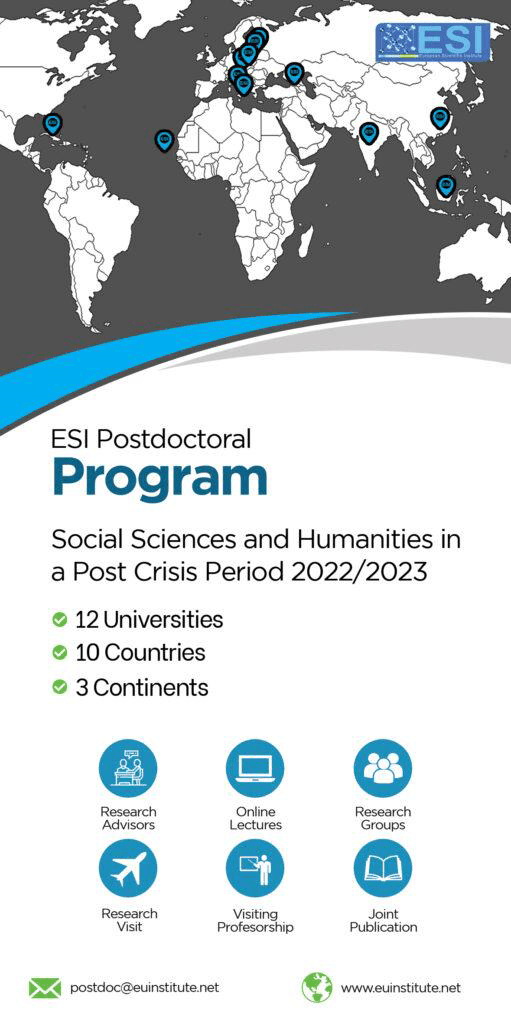Criblage De Quelques Genotypes De Ble Dur (Triticum Durum Desf.) Sous Un Stress Salin En Culture De Pot
Abstract
In this study, five durum wheat (Triticum turgidum ssp durum) genotypes: Agili, Arbi, Derbassi, Karim and Maali were assessed for 04 agronomical parameters associated with salinity-tolerance. Genotypes were grown under glasshouse conditions and exposed to five salinity levels (control, 3g/l, 6 g/l, 9 g/l et 12 g/l of NaCl) to evaluate their tolerance using their biomass and the relative salt-susceptibility index: R.S.S.I = R.B.D./S.I.I. (R.B.D.: relative biomass deficit and S.I.I.: salinity intensity index).Genotypic screening was also based on agro-morphological traits: tillers number/plant, plant height, grains number/spike and 1000 kernel weight. Analysis of variance revealed a significant (p<0.001) difference between treatments and genotypes. This difference indicated a large variability between genotypes. Results showed also that Maali variety had the higher agronomic performance and the lower R.S.S.I than other genotypes.Downloads
Download data is not yet available.
Metrics
Metrics Loading ...
PlumX Statistics
Published
2016-03-30
How to Cite
Ayed, S., Othmani, A., Beji, S., & Amara, H. (2016). Criblage De Quelques Genotypes De Ble Dur (Triticum Durum Desf.) Sous Un Stress Salin En Culture De Pot. European Scientific Journal, ESJ, 12(9), 313. https://doi.org/10.19044/esj.2016.v12n9p313
Section
Articles







